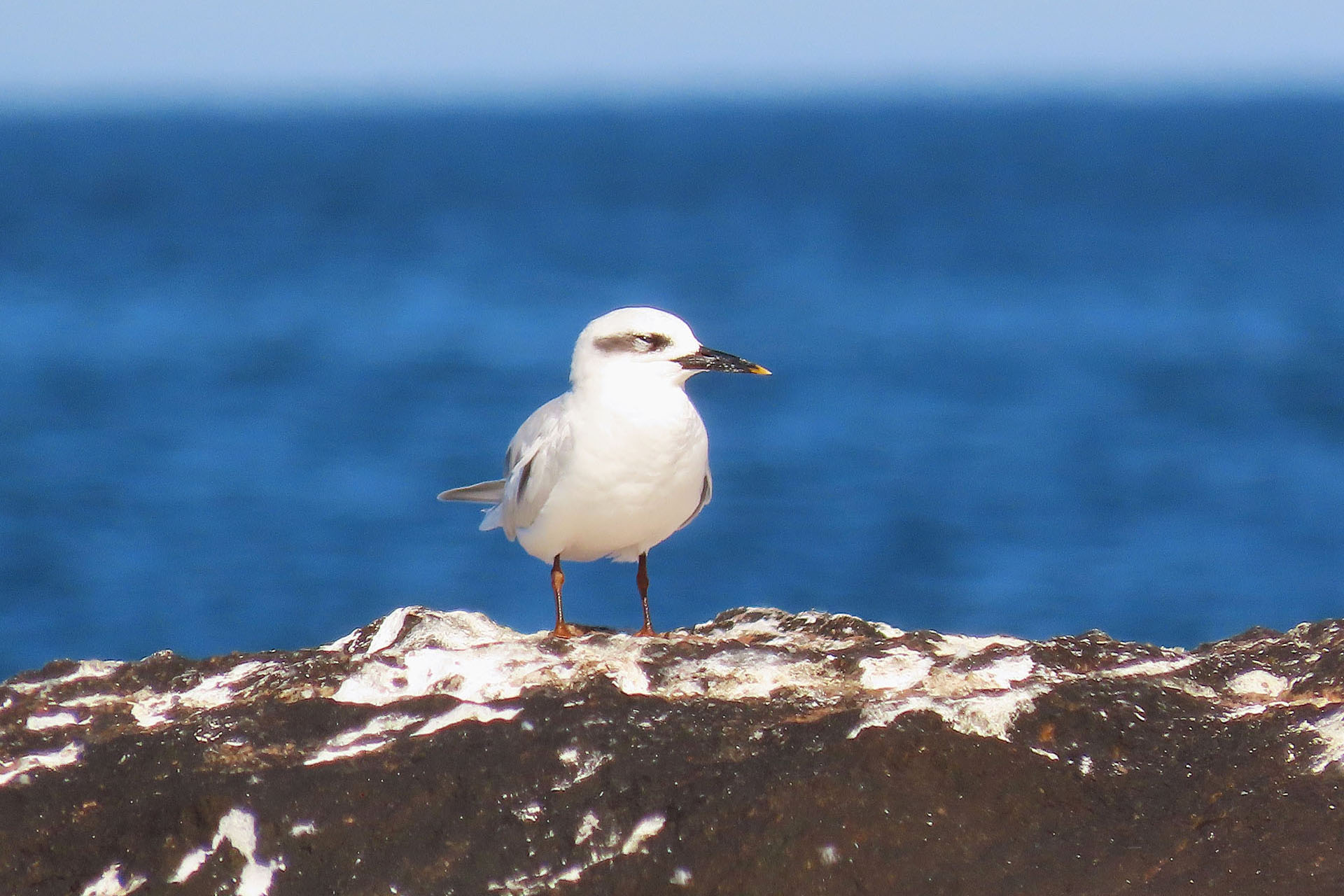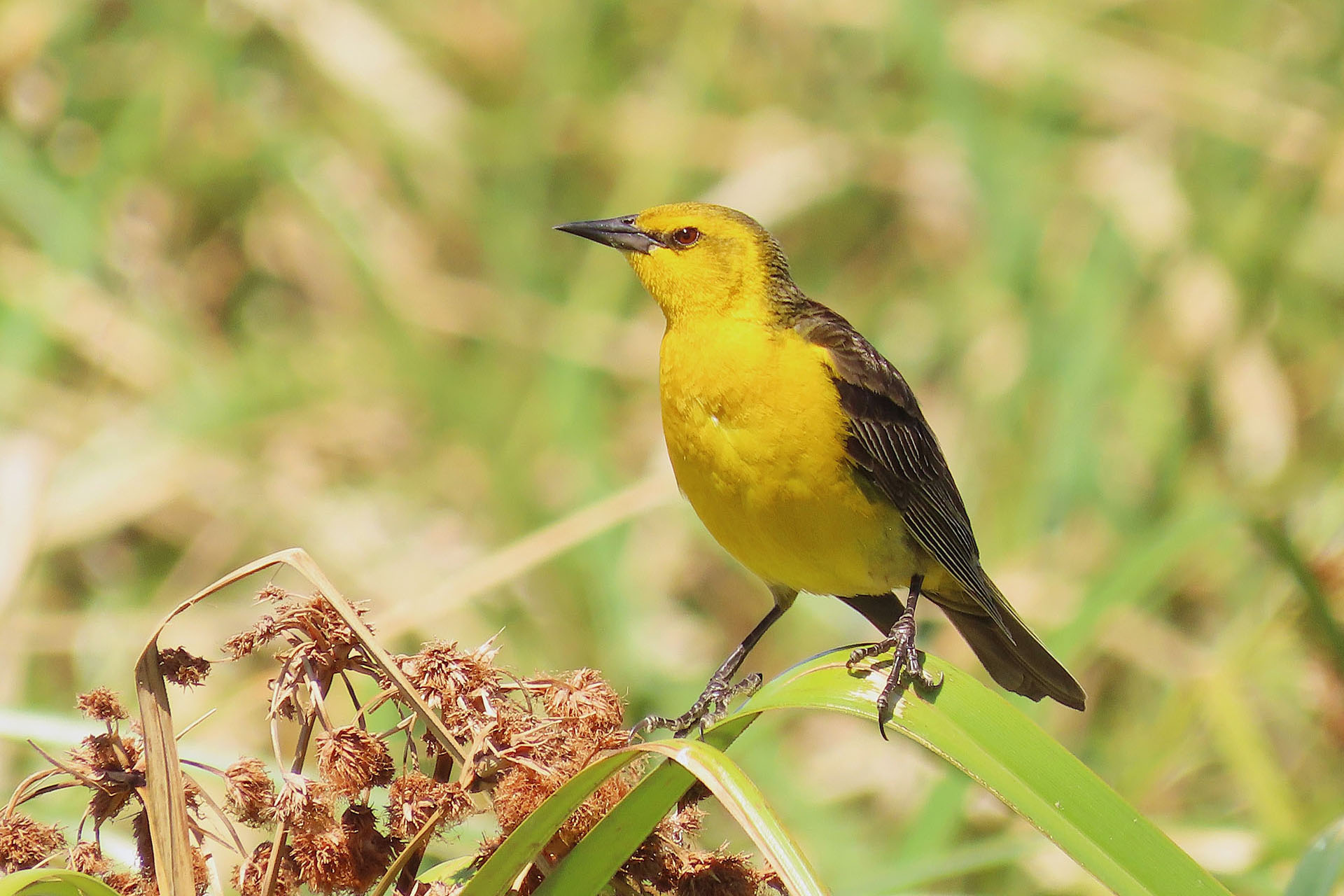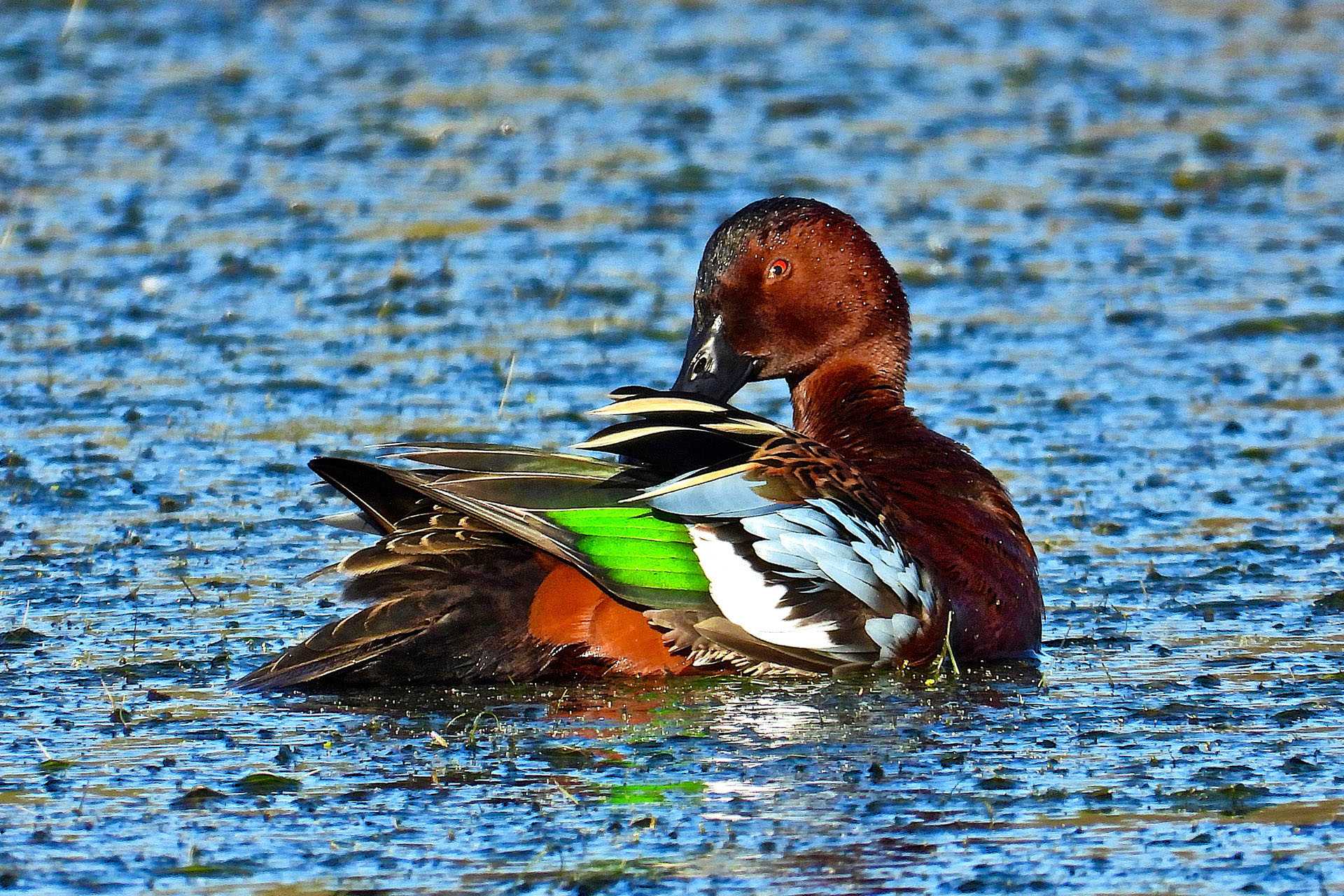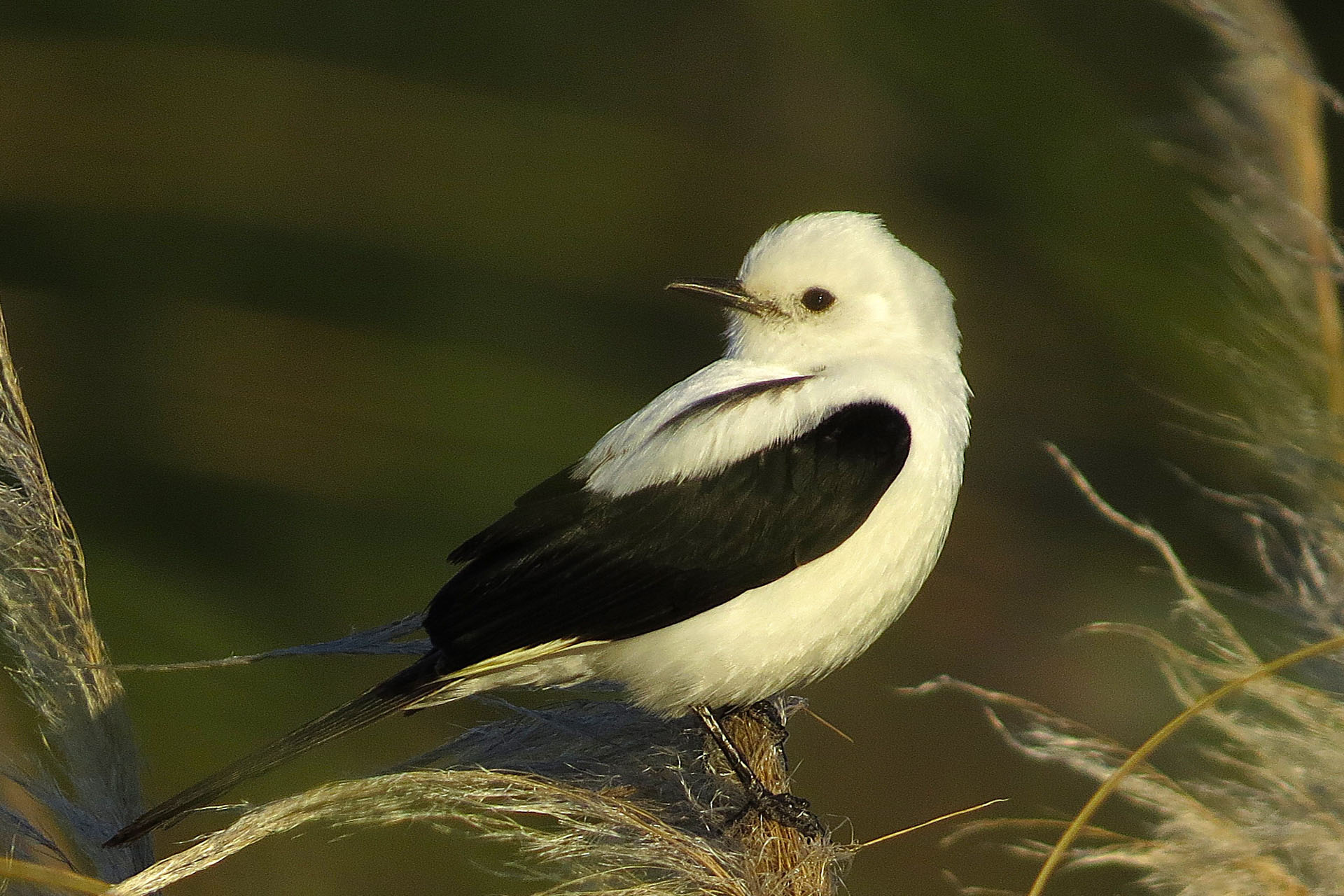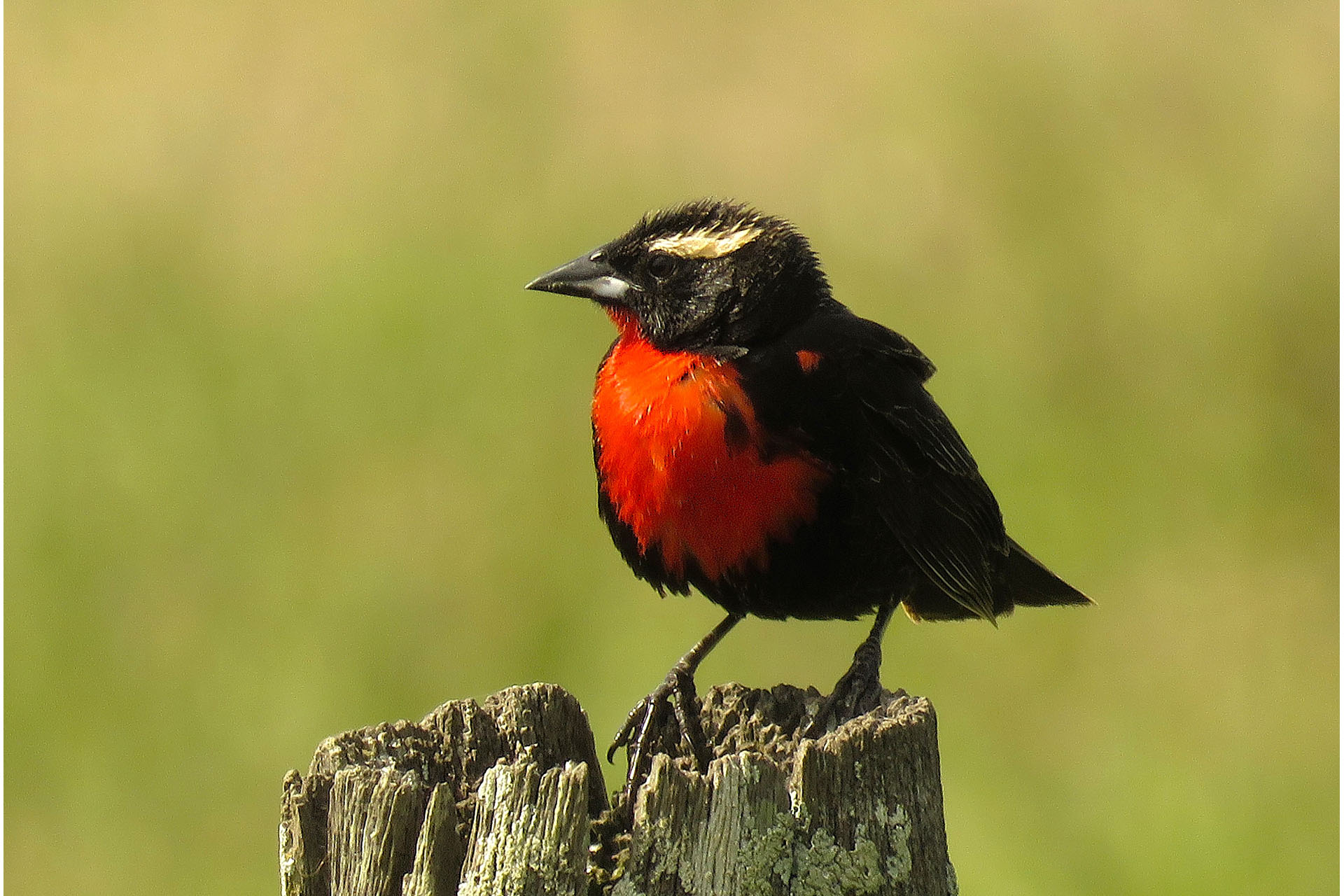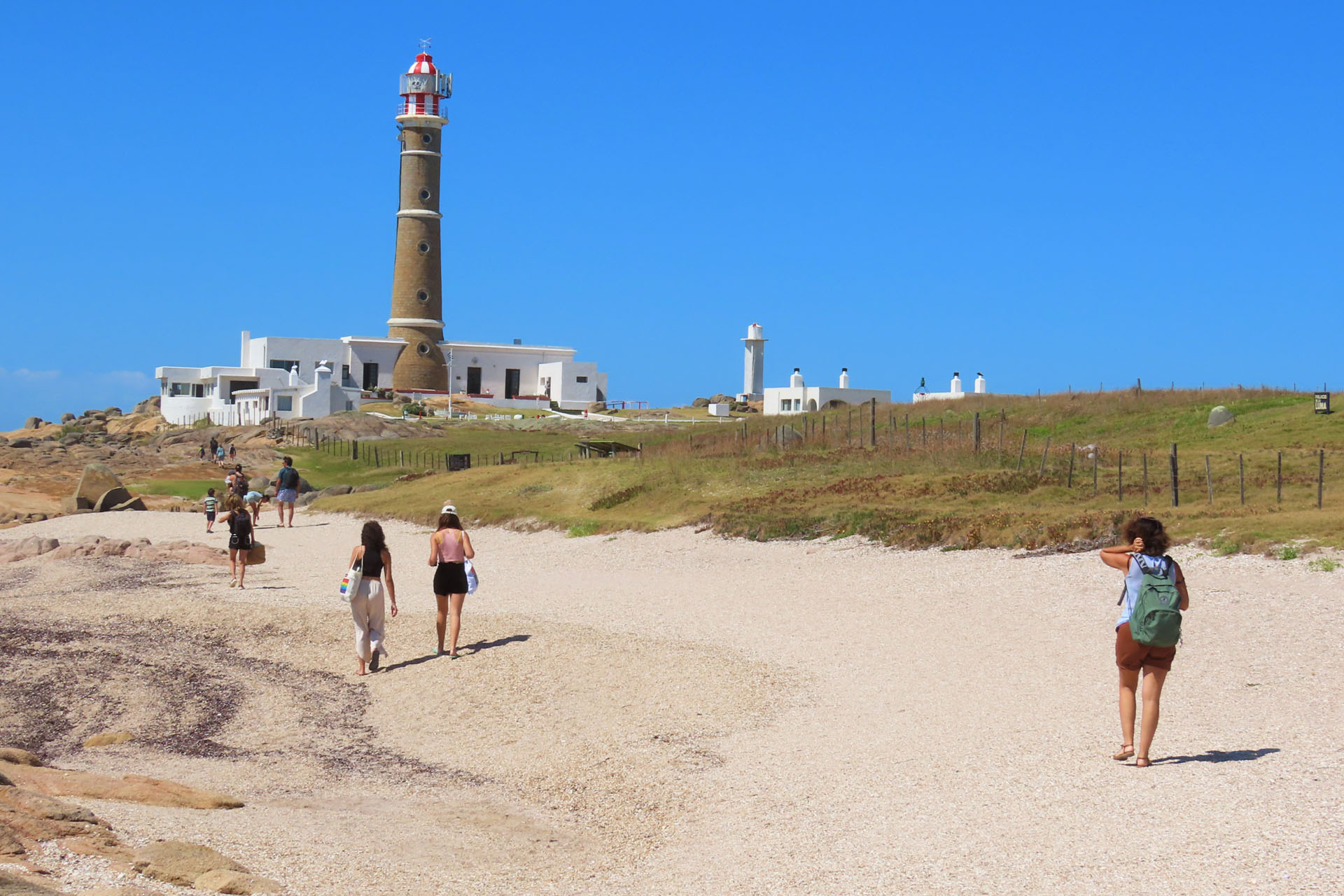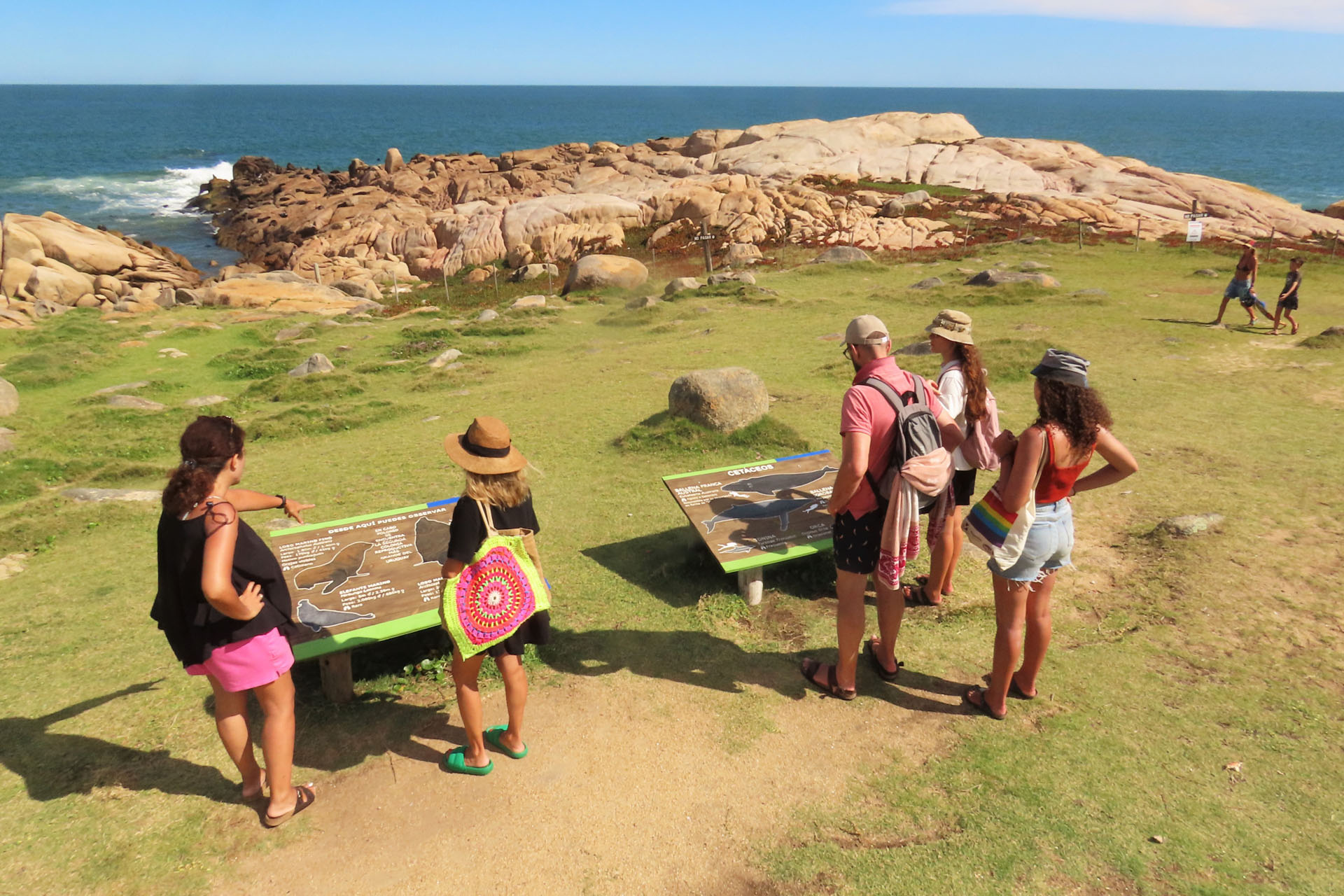BIRDING TOURS
Birding Tours Uruguay offers expert ornithologist guides, with great experience in the important bird areas in the coastal locations of Maldonado and Rocha.
Birding Tour
Option 1 - Half Day
6:30 AM – 10:30 AM
SPOTS:
• LAGUNA DEL DIARIO – PUNTA DEL CHILENO.
• PENINSULA DE PUNTA DEL ESTE.
• HUMEDAL DEL ARROYO MALDONADO (IBA UY 016)
Private tour 1 or 2 pax. Total USD 120.
INCLUDES: transfers, guide, snacks/water.
Birding Tour
Option 2 - Half Day
6:30 AM – 12:00 AM
SPOTS:
• HUMEDAL DEL ARROYO MALDONADO (IBA UY 016).
• LAGUNA JOSE IGNACIO (IBA UY 017).
• LAGUNA GARZON, native woods (IBA UY 018).
Private tour 1 or 2 pax. Total USD 160.
INCLUDES: transfers, guide, snacks/water.
Birding Tour
Option 3 - Half Day
6:30 AM – 13:00 AM
SPOTS:
• LAGUNA DE ROCHA RURAL ESTABLISHMENT, NORTH AREA (IBA UY 019).
Private tour 1 pax USD 190, 2 pax USD 220.
INCLUDES: transfers, guide, snacks/water.
Birding Tour
Option 4 - Half Day
7:30 AM – 12:30 AM
SPOTS:
• LAGUNA DE ROCHA, SOUTH AREA (IBA UY 019).
• BOAT TOUR IN LAGUNA DE ROCHA.
• TASTING THE “CATCH OF THE DAY” FRIED FISH AT “EL FOGÓN DE PEPE”.
Private tour 1 pax USD 200, 2 pax USD 240, 3 pax USD 290.
INCLUDES: transfers, guide, snacks/ water/ fried fish.
Birding Tour
Option 5 - Full Day
6:30 AM – 6:30 PM
SPOTS:
• LAGUNA DE ROCHA RURAL ESTABLISHMENT
, NORTH AREA (IBA UY 019).
• LUNCH AT THE ESTANCIA.
• LAGUNA GARZON, native woods (IBA UY 018).
• LAGUNA JOSE IGNACIO (IBA UY 017).
• HUMEDAL DEL ARROYO MALDONADO (IBA UY 016).
Private tours: 1 pax USD 300, 2 pax USD 340, 3 pax USD 420.
INCLUDES: transfers, guide, ticket entrance to RURAL ESTABLISHMENT , snacks/water, and
lunch.
Birding Tour
Option 6 - Full Day
6:30 AM – 6:30 PM
SPOTS:
• LAGUNA DE ROCHA RURAL ESTABLISHMENT
, NORTH AREA (IBA UY 019).
• BOAT TOUR IN LAGUNA DE ROCHA, SOUTH AREA (IBA UY 019).
• LUNCH AT “EL FOGON DE PEPE” (Laguna de Rocha).
• LAGUNA GARZON, native woods (IBA UY 018).
• LAGUNA JOSE IGNACIO (IBA UY 017).
Private tours: 1 pax USD 350, 2 pax USD 400, 3 pax USD 470.
INCLUDES: transfers, guide, ticket entrance to RURAL ESTABLISHMENT
, boat tour,
snacks/water, and lunch.
ECOTOURS
TOUR PARQUE NACIONAL CABO POLONIO
Option 1 - Half Day
6:30 AM – 13:00 AM
SPOT:
• CABO POLONIO PROTECTED AREA (marine fauna observation).
Private tour 1 -3 pax. Total USD 320
INCLUDES: ecotourism guide, transfers, entrance to the National Park, snacks/water.
TOUR ISLA DE LOBOS
Option 3 - Half Day
11:30 AM – 14:00 PM
SPOT:
• ISLA DE LOBOS PROTECTED AREA (watching birds and marine fauna).
Boarded tour with personalized guide: 1 pax. USD 220 - 2 pax USD 320 - 3 pax. USD 350.
INCLUDES: ecotourism guide, ticket to Isla de Lobos, transfers to and from your accommodation.
TOUR ISLA GORRITI
Option 4 - Half Day
8:30 AM – 12:00 PM
SPOT:
• GORRITI ISLAND (nature, historical - cultural trail).
Boarded tour with personalized guide: USD 50 per person (minimum 2 pax).
INCLUDES: ecotourism guide, round trip ticket to Gorriti Island.
WHALE TOUR URUGUAY
Option 5 - 1 Día
6 to 8 hours long, in search of WHALES AND DOLPHINS (May-October).
SPOT:
• ATLANTIC COAST OF MALDONADO AND ROCHA
Private tour with personalized guide: 1 or 2 pax. Total USD 350
INCLUDES: guide specialized in cetaceans and transfers.
*On all our tours we provide binoculars to participants and we also have high quality telescopes. After the tour, a list of registered birds and photos of the activity are sent.
RECOMMENDATIONS

- Enjoy the moment and contact with nature.
- Bring binoculars for bird watching.
- The camera and bird guide are useful.
- Wear a hat, closed shoes and long pants.
- If you have rubber rain boots is ideal.
- Wear sunscreen and insect repellent.
- Bring a bottle of water and something to eat if you need.
- To speak please do so quietly.
- Be attentive and watch where you're walking.
- Avoid smoking, screaming and throwing trash.
- Notify if you have health problems before the tour.
- Always keep the group together behind the guide.
OUR BIRDS
More than 400 sp. Number of Bird Species Observed in eBird, in Eastern Uruguay
DESTINO URUGUAY
Uruguay´s Pampa: Prairies, Wetlands and Atlantic Coast

- The southeastern part of Uruguay presents meadows, wetlands and Atlantic coast, which stand out for its beautiful natural landscapes, with variety in areas of world importance for birds and biodiversity.
- The Uruguayan territory is located in South America, within the grassland biome "Pampa", belongs to the eco-region Uruguayan Savana WWF, and has 220 kms. of ocean coast with template climate.
- The number of bird species records in eBird is 508 sp. for all of Uruguay, and in the eastern part of the country more than 400 species have been recorded.
- Protected natural areas preserve grassland meadows with native forest, hills, streams, lagoons, marshes, dunes, beaches, rocky points, islands and the South Atlantic Ocean.
- The destination offers various sites of interest for bird watching, with easy access, trails, walkways and hides, with excellent connectivity of routes, short distances, and quality tourist services.
- Birding Tours Uruguay offers the possibility to record a great diversity of bird species in the shortest possible time and cost. The perfect relationship!
Important facts: Locations of Maldonado and Rocha - Uruguay
eBird:
More than 400 sp. Bird species observed in eastern Uruguay.
Ramsar Sites:
Ramsar Sites: Protected Landscape "Laguna de Rocha"
UNESCO Biosphere Reserve "Eastern Wetlands & Atlantic Coast"
Birdlife International - Important Bird Areas:
IBAs: UY 016 Wetland Arroyo Maldonado / UY 017 Laguna José Ignacio / UY 018 Laguna Garzón / UY 019 Rocha Lagoon / UY 020 Castle Lagoon / UY 021 Eastern Wetlands
Birdlife International - Endemic Bird Areas:
EBAs: “Coastal Uruguay Marshes” / “Argentine Mesopotamian Grasslands”
IUCN Red List - Species of Threatened Birds
Locations Maldonado and Rocha
Check List - Source: birdlife.org
Amenazadas Globalmente / Globally Threatened
- Diomedea epomophora / Albatros Real / Southern Royal Albatross
- Diomedea exulans / Albatros Errante / Wandering Albatross
- Phoebetria fusca / Albatros Oscuro / Sooty Albatross
- Thalassarche chlororhynchos / Albatros Pico Fino / Yellow-nossed Albatros
- Pterodroma incerta / Petrel Atlántico / Altlantic Petrel
- Procellaria aequinoctialis / Petrel Barba Blanca / White-chinned Petrel
- Procellaria conspicillata / Petrel de Anteojos / Spectacled Petrel
- Porzana spiloptera / Burrito Plomizo / Dot-winged Crake
- Xolmis dominicanus / Viudita Blanca Grande / Black-and-white Monjita
- Xanthopsar flavus / Dragón / Saffron-cowled Blackbird
- Sporophila cinnamomea / Capuchino Corona Gris / Chestnut Seedeater
- Sporophila palustris / Capuchino Pecho Blanco / Marsh Seedeater
- Gubernatrix cristata / Cardenal Amarillo / Yellow Cardinal
Casi Amenazadas / Near Threatened
- Spheniscus magellanicus / Pingüino de Magallanes / Magellanic Penguin
- Rhea americana / Ñandú / Greater Rhea
- Calonectris edwarsii / Pardela del Cabo Verde / Cape Verde Shearwater
- Calidris subruficollis / Playerito Canela / Buff-breasted Sandpiper
- Calidris pusilla / Playerito Enano / Semipalmated Sandpiper
- Calidris canutus / Playero Rojizo / Red Knot
- Larus atlanticus / Gaviota Cangrejera / Olrog´s Gull
- Phoenicopterus chilensis / Flamenco Austral / Chilean Flamingo
- Picumnus nebulosus / Carpinterito Enano / Mottled Piculet
- Limnoctites rectirostris / Pajonalera Pico Recto / Straight-billed Reedhaunter
- Spartonoica maluroides / Espartillero Enano / Bay-capped Wren-spinetail

Birdlife International Important Bird Areas
IBAs: UY 016 / 017 / 018 / 019 / 020 / 021
ARROYO MALDONADO WETLANDS
IBA Criteria met: A1 (2008) Area: 5,200 ha
Site Description:
The Arroyo Maldonado wetlands are located in the terminal stretch of the Maldonado stream, including the mouth in the Atlantic Ocean. This site is in the Department of Maldonado, near the urban axis Punta del Este-Maldonado, over the east of the country.
Key Biodiversity:
One of the important species in the area is Larus atlanticus which occurs on a regular basis, mainly during the winter months. Another species of interest for conservation and in addition to restricted distribution is Limnoctites rectirostris, which is also of regular presence in the area. Other species with conservation problems such as Xolmis dominicanus, Porzana spiloptera and Spartonoica maluroides, and migratory species such as Buteo swainsoni and Numenius phaeopus, among others, have also been recorded.
JOSE IGNACIO LAGOON
IBA Criteria met: A1, A4i (2008) Area: 5,100 haSite Description:
The José Ignacio lagoon is a brackish lagoon of marine origin, belonging to the coastal lagoon system of E of Uruguay and SE of Brazil. It has associated marshes and has a regular connection to the Atlantic Ocean through a sandy bar. It is located in the Department of Maldonado.
Key Biodiversity:
In this area there are several species with conservation and restricted distribution problems. Among them are Larus atlanticus with records of 237 individuals, placing José Ignacio Lagoon as a very important area for the species in Uruguay. Important records have also been obtained in abundance for Phoenicopterus chilensis being this area the most important for the species in Uruguay (Azpiroz 2005, in CNAA 2005; Rilla 2004, in CNAA 2004). Also, Xolmis dominicanus is a species with conservation problems that occurs in the area on a regular basis. There are also species that are of regular presence and that in addition to having conservation problems at the global level and have restricted distribution such as Spartonoica maluroides and Limnoctites rectirostris.
GARZON LAGOON
IBA Criteria met: A1 (2008) Area: 4,700 haSite Description:
The IBA boundaries are determined by Route Eugenio Saiz Martínez west, route 9 north, east rural road that runs parallel to the Arroyo Garzón and continues to Route 10. To the south, the IBA is bounded by the Atlantic Ocean.
Key Biodiversity:
It is a site with a high number of aquatic species, standing out as species that define the IBA are Tryngites subruficollis and Phoenicopterus chilensis. The first is a long-distance migratory species, nesting in northern North America and concentrated in a few places in the southern cone of South America (Lanctot et al. 2002, Lanctot et al. 2009). In the area there are records of Larus atlanticus, although it is estimated that the number of individuals is low (Rabau com. pers. In COU database). Among many species of waterfowl present in the area stand out several migratory such as Pluvialis dominica and Calidris fuscicollis, the large concentrations of Fulica armillata and the presence of ducks and swans, such as Cygnus melancoryphus and Coscoroba coscoroba (Rabau com. Pers. In COU and CNAA).
One of the most significant values of the area is the existence of the largest and best preserved remnant of the country of forest and coastal psamophyll scrub. This plant community was characteristic of the uruguayan coast, but has been severely fractionated by the anthropic transformations of the coastal landscape. Globally threatened amphibian and reptile species such as Darwin's toad (Melanophryniscus montevidensis) and Acanthochelys spixii live in the area.
ROCHA LAGOON
IBA Criteria met: A1, A2, A4i, A4iii (2008) Area: 26,000 haSite Description:
The IBA boundaries are determined by routes 15 to the east, 9 to the north and the route that links Las Garzas and Route 9 to the west. To the south, the IBA is bounded by the Atlantic Ocean.
Key Biodiversity:
Among regular birds in the area there are both resident and migratory species (Rudolf 1996). Several of them have conservation problems globally, such as Phoenicopterus chilensis, Tryngites subruficollis, Larus atlanticus, Xolmis dominicanus, Spartonoica maluroides and Limnoctites rectirostris. The latter species is also of restricted distribution – or endemic to the region – (s035) (Stattersfield et al. 1998). In turn, the site stands out for the important concentrations of Cygnus melanocoryphus, Coscoroba coscoroba, Tryngites subruficollis, Sterna hirundo, Sterna hirundinacea and Rynchops niger, among others (Rudolf 1996, Alfaro & Clara 2007). From the censuses carried out, it is estimated that more than 1% of the biogeographical population of Black-necked swan and Coscoroba is regularly present in the area (Vaz-Ferreira & Rilla 1991; CNAA 1991; Sarroca 2008). Of particular interest to the area is the high density of Tryngites subruficollis, a long-distance migratory species with conservation problems, since it is home to 6.6% of the world's population of the species (Aldabe & Blanco 2008, Lanctot et al. 2009). Pluvialis dominica is also an abundant species on the site. In the area has been noted the nesting of several species such as Larus maculipennis, Ardea cocoi and Sterna superciliaris; Alfaro & Clara 2007; Macarena Sarroca com. pers.; Abreu, Aldabe, Caymaris & Rocca, data not published).
Apart from the remarkable diversity of birds, in the lagoon of otters inhabits a regular population of carpinchos (Hydrochoerus hydrochaeris). There are remnants of native flora in good condition. Leopardus braccatus and Acanthochelys spixii, both species with conservation problems globally, have been registered. The endemic and threatened Darwin´s toad (Melanophryniscus montevidensis) is a regular presence in the area (Sarroca et al. 2009).
CASTILLOS LAGOON
IBA Criteria met: A1, A2, A3, A4i, A4iii (2008) Area: 31,000 haSite Description:
Area boundaries are defined by Route 9 to the north, Route 16 to the east, Route 10 to the south. The western boundary is determined by the path that joins Routes 10 and 9, at the height of Lomas de Narvaez.
Key Biodiversity:
Like other lagoons with similar characteristics, it presents a high biodiversity, particularly in birds. In the Castillos Lagoon Wildlife Refuge, an area included in the IBA, 235 species of birds were recorded (Gambarotta et al. 1999). Several of the species recorded on this site present conservation problems globally, such as Xolmis dominicanus, Xanthopsar flavus, Spartonoica maluroides, Limnoctites rectirostris, Phoenicopterus chilensis and Tryngites subruficollis (Gambarotta et al. 1999; Lanctot et al. 2002). The IBA is used as wintering areas for migratory birds nesting in North America and South America. Also highlighted on the site are the high concentrations of Cygnus melanchoryphus; the total number exceeds 20,000 (inference from Gambarotta et al. 1999). Finally, the presence of Spartonoica maluroides, a species restricted to the Pampean biome (Stotz et al. 1996).
The lagoon has a high diversity of tetrapod vertebrates. On a site within the IBA, Gambarotta et al. (1999) report 13 species of amphibians, 15 of reptiles and 30 of mammals. The Darwin´s Toad (Melanophriniscus montevidensis), a species endemic to Uruguay and considered threatened globally, was registered. In addition, the presence of two species of fish stands out: Austrolebias viarius (García et al. 2009) and Austrolebias gymnoventris (Costa 2006), which are endemic to the Castillos Lagoon basin and the middle basin of the Cebollatí River (Nin et al. 2010). In terms of vegetation, Butia palms stand out in the area; an endemic species of high priority for conservation at the national level (PROBIDES 1999, Rivas 2005). The mount of ombus (Phytolacca dioica), of great scenic beauty and uniqueness, develops like a cord on the lagoon.
EASTERN WETLANDS
IBA Criteria met: A1, A2, A3, A4iii (2008) Area: 900,000 haSite Description:
The Eastern Wetlands is an extensive area of wetlands and natural grasslands on flooded soils, located in the southeast region of the country. It is part of the Merín Lagoon basin, and extends over much of the department of Rocha, and to a lesser extent over the departments of Thirty-Three and Cerro Largo. Rice activity is predominant in the area. This IBA is considered one of the "Wild Areas" globally and is within the Eastern Wetlands Biosphere Reserve.
Key Biodiversity:
Important populations of several threatened species are regularly present in the area. They stand out, for their abundance in relation to other regions of their distribution, the populations of Xanthopsar flavus, Heteroxolmis dominicana and Sporophila palustris. In turn, Limnoctites rectirostris is common to record in the area. Of particular interest is the presence of Sporophila palustris Morpho "Zelichi", which has been recorded on several occasions but its status of abundance is not entirely known. It is worth noting the importance of the IBA as a wintering site for Pluvialis dominica, Calidris melanotos and Tryngites subruficollis. In turn, it is a site that houses numerous populations of waterfowl belonging to the families Anatidae and Threskiornitidae.
OUR AGENCY
- We are Eco Tour Operators located in Punta del Este - Uruguay, and we specialize in Birdwatching, Kayaking and Nature Horseback Tours.
- We offer ecotourism circuits for small groups, within the areas of world importance for birds located on the uruguayan Atlantic coast area.
- Birding Tours Uruguay offers local ornithologist guides with english language, field experience, excellent service attitude and human skills.
- The booking staff is efficient, enthusiastic, and enjoys helping to confirm day and time for tours.
- We believe that eco-tourism helps to conserve fragile and endangered ecosystems.
- The company supports sustainable development and takes every precaution to minimize the impact on the protected natural areas that are visited.
- Guía ornitólogo: Tec. Guía Ecoturístico Gonzalo Millacet
LOCATION
Contact:
Whatsapp: +598 99984848
Email: info@birdingtoursuruguay.com
Address:
Calle Los Destinos s/n
La Barra - Maldonado – Uruguay




